Here are some key features and aspects of a finger joint press:
Structure
A finger joint press typically consists of a solid machine frame or base that supports various components, including a cutting assembly, clamping system, and hydraulic or pneumatic mechanisms.
Cutting Assembly
The cutting assembly of a finger joint press includes multiple cutting blades or cutter heads arranged in a specific pattern to create the interlocking fingers. These blades or cutter heads are typically carbide-tipped for durability and precision. The cutting assembly moves vertically or horizontally to perform the cutting operation.
Clamping System
The clamping system holds the workpieces securely in place during the cutting process. It may include adjustable clamps, pressure plates, or pneumatic or hydraulic clamping mechanisms to ensure a tight and stable grip on the wood pieces.
Hydraulic or Pneumatic System
Finger joint presses often utilize hydraulic or pneumatic systems to provide the necessary force and pressure for cutting and joining the wood pieces. These systems are responsible for controlling the movements of the cutting assembly, clamping system, and other components.
Control System
Finger joint presses may have a control system that allows operators to set parameters such as cutting depth, finger size, and machine operation modes. The control panel provides an interface for programming and monitoring the machine’s operation.
Safety Features
Finger joint presses are equipped with safety features to protect the operator during operation. These may include emergency stop buttons, safety interlocks, and guards to prevent access to moving parts.
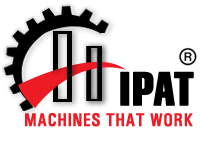
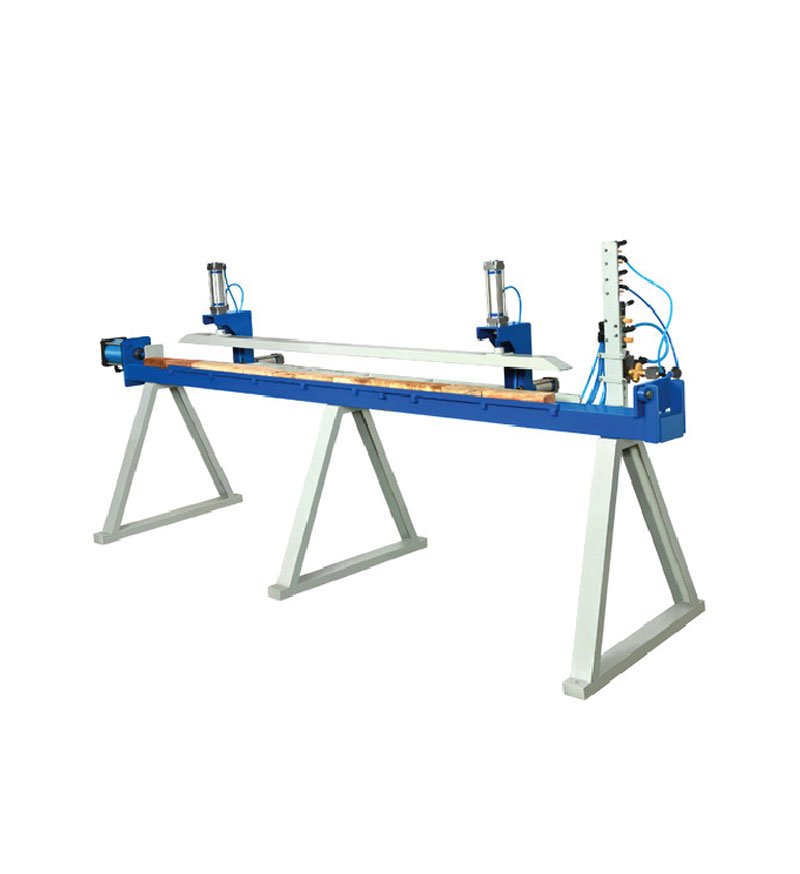
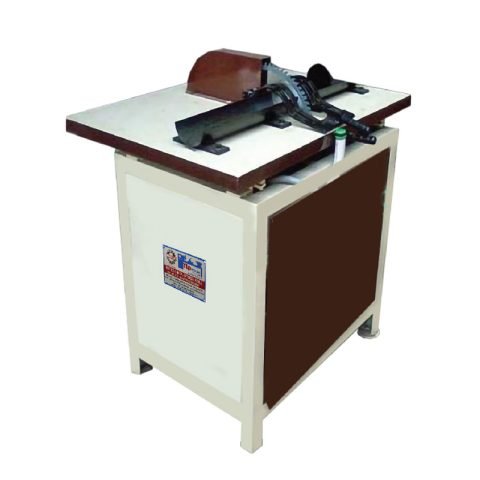



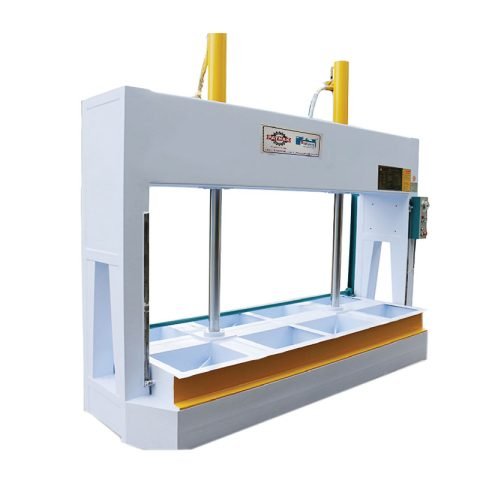


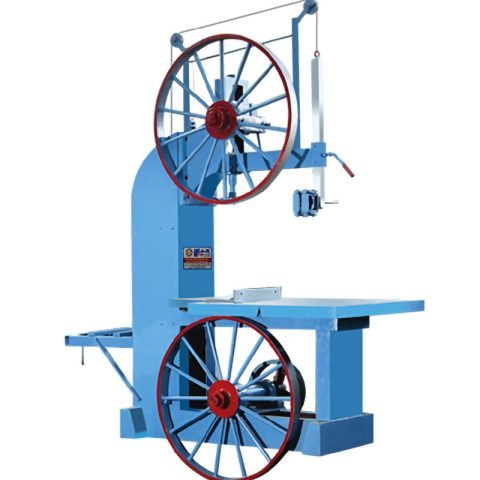

There are no reviews yet.